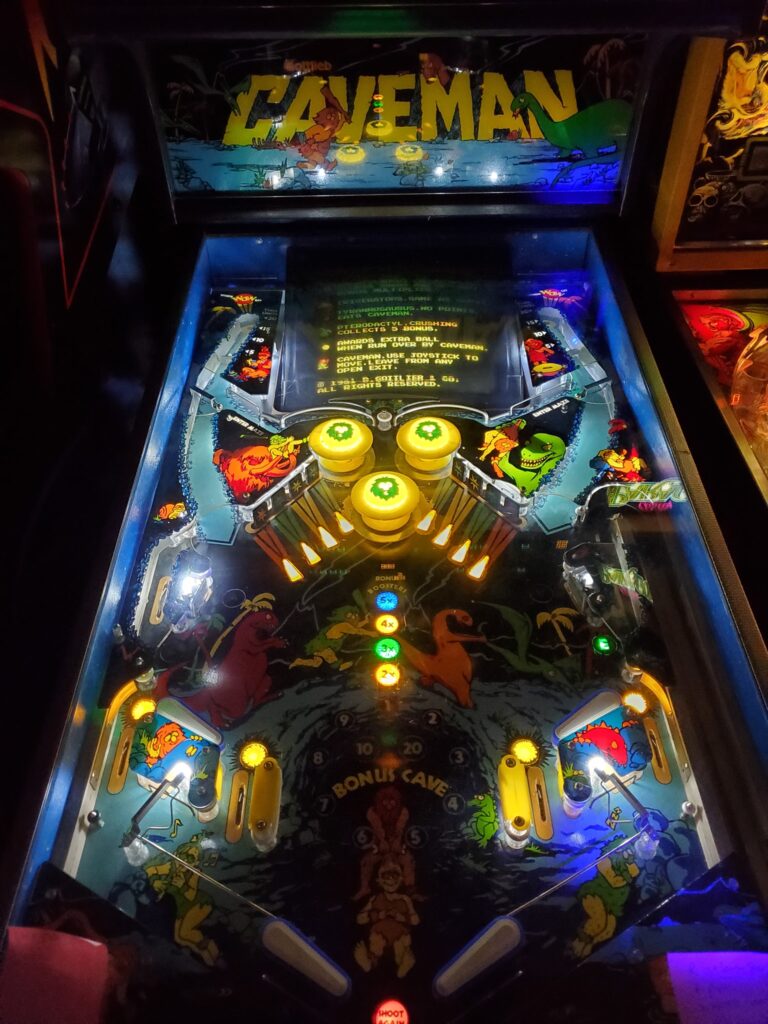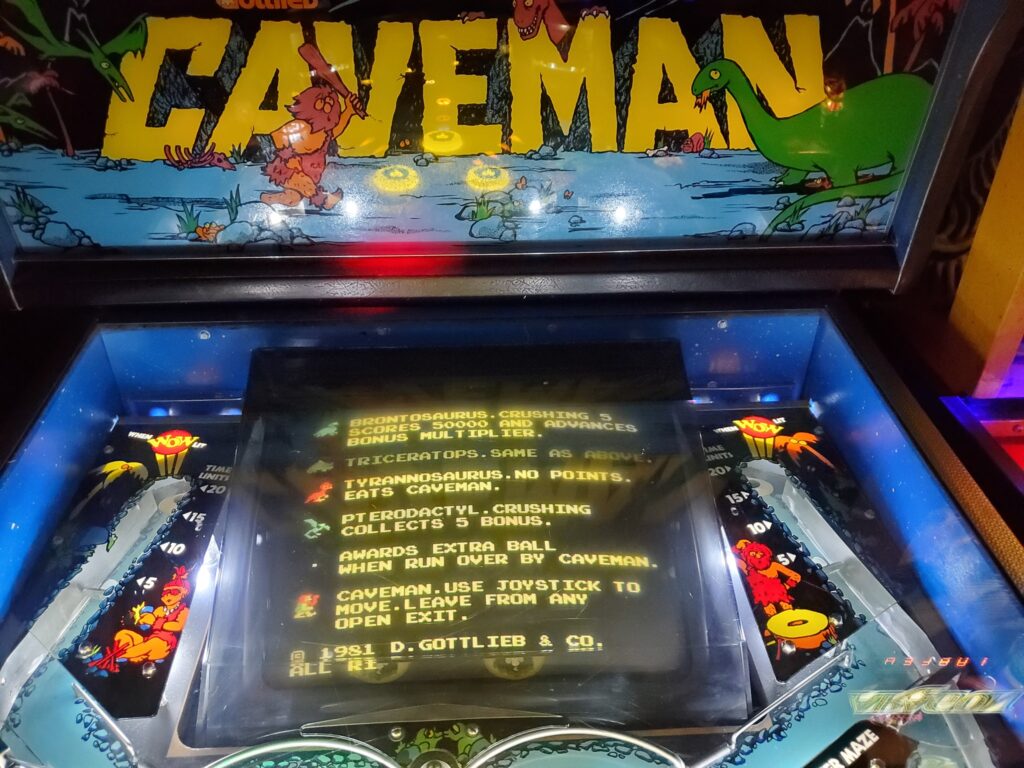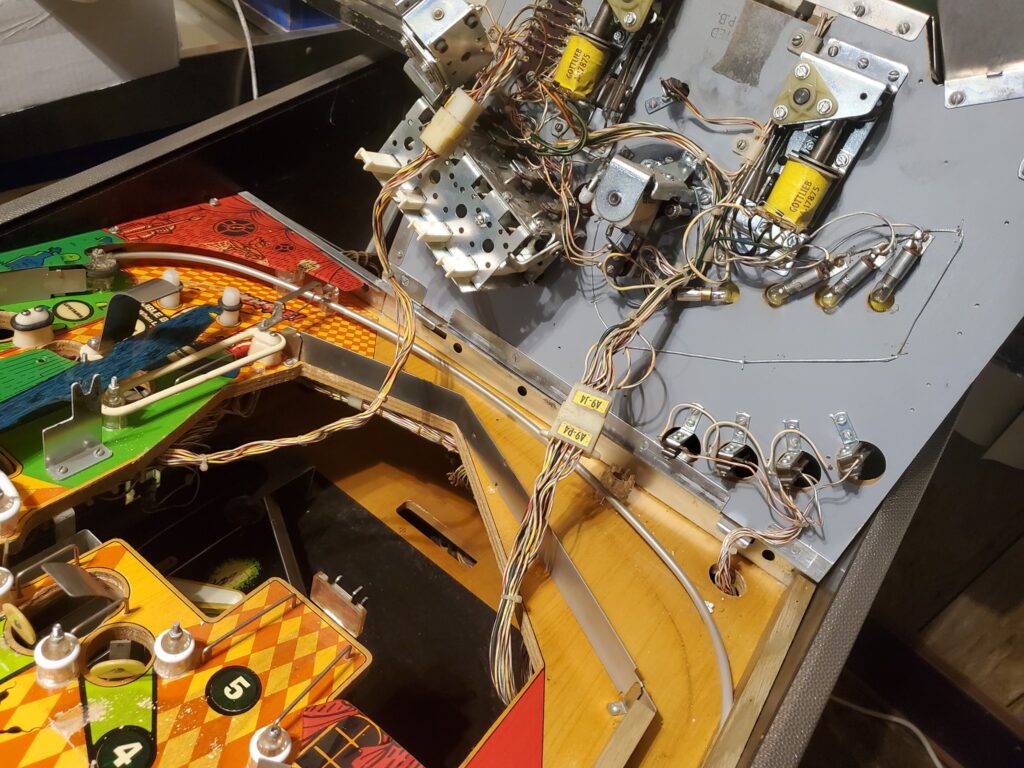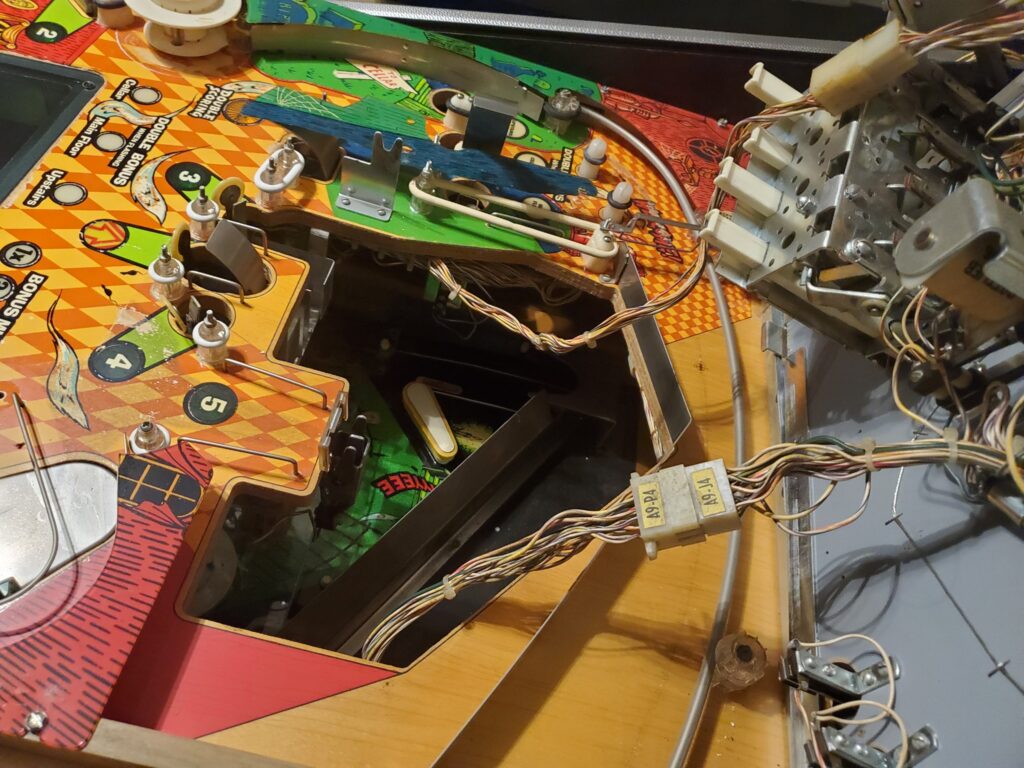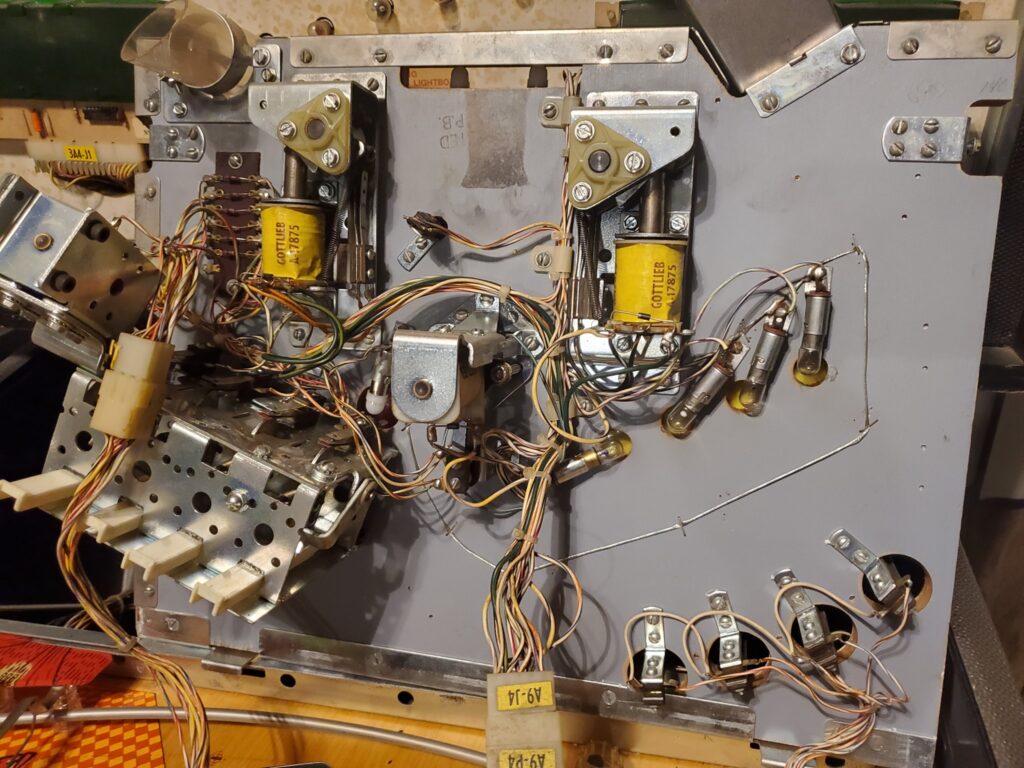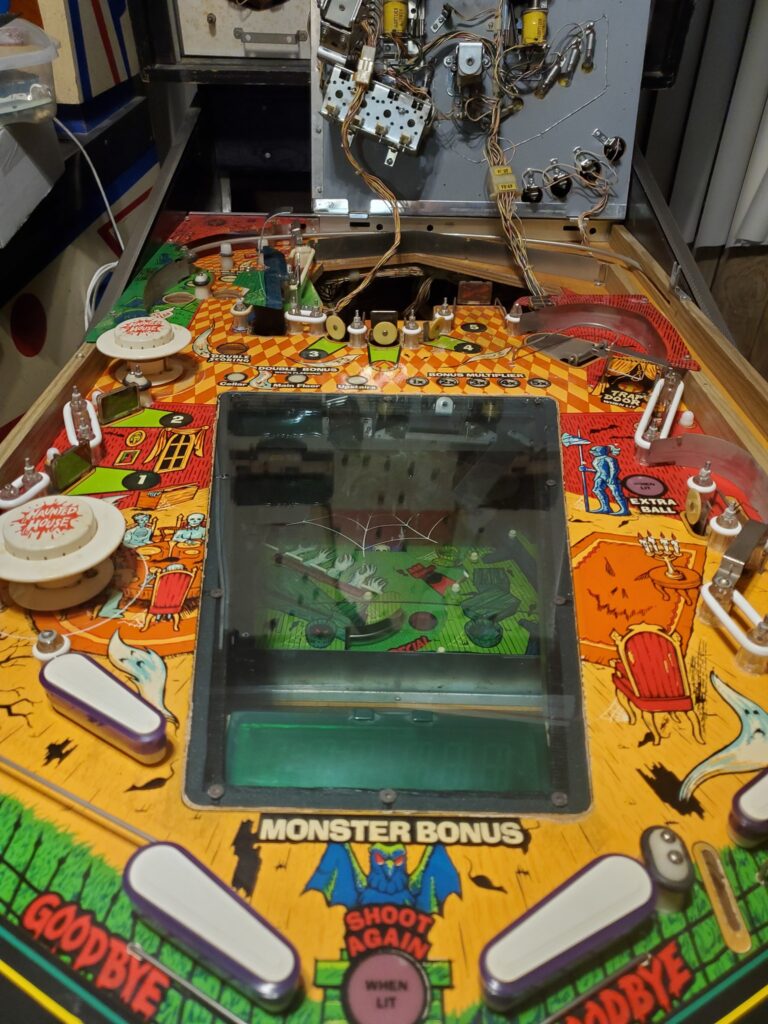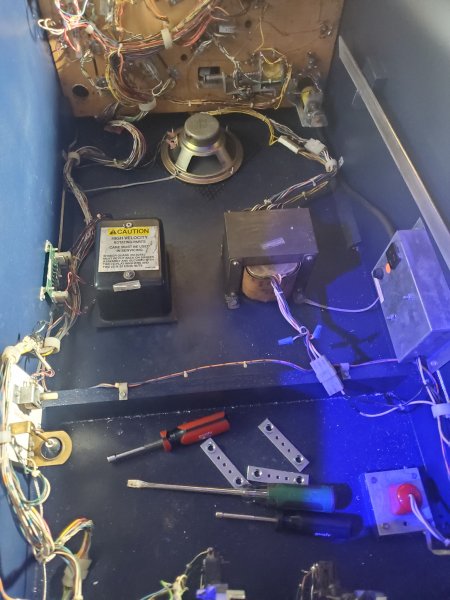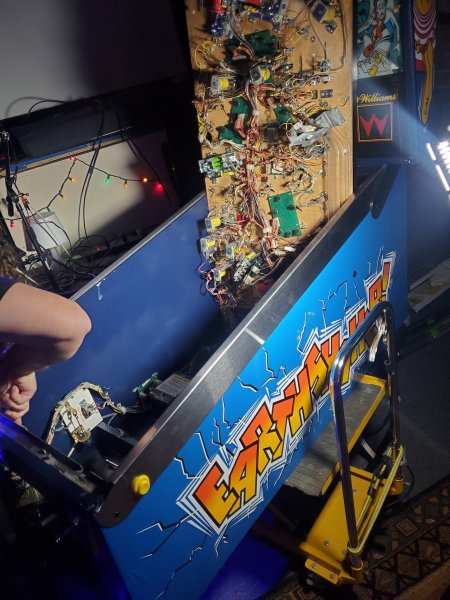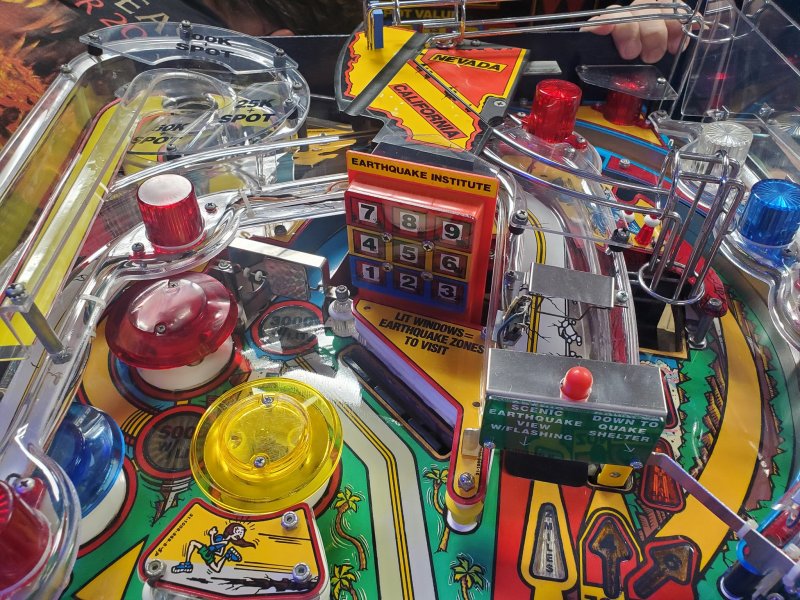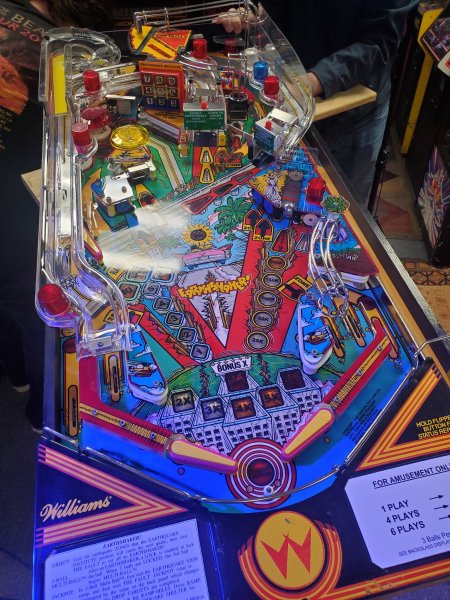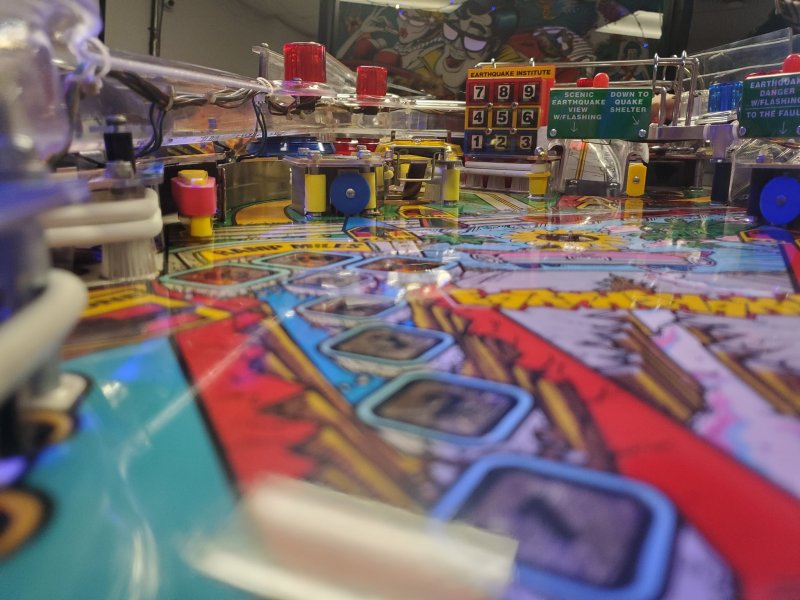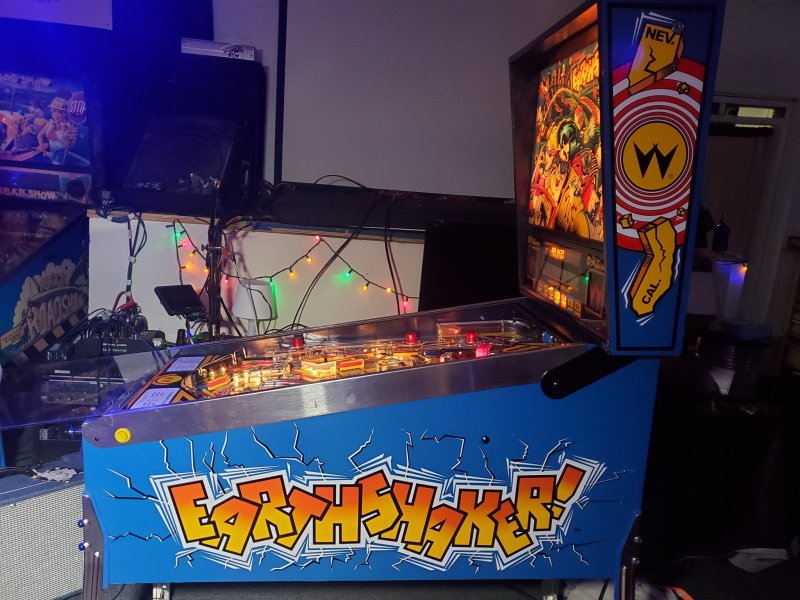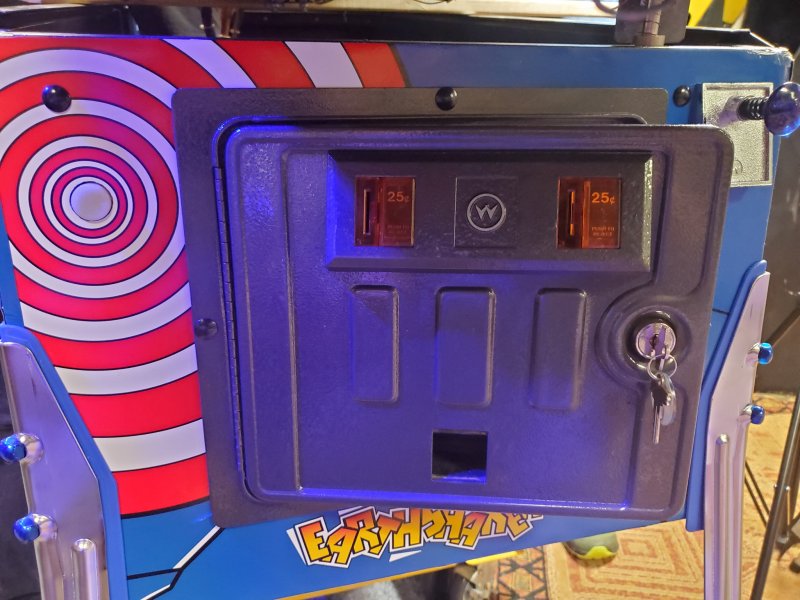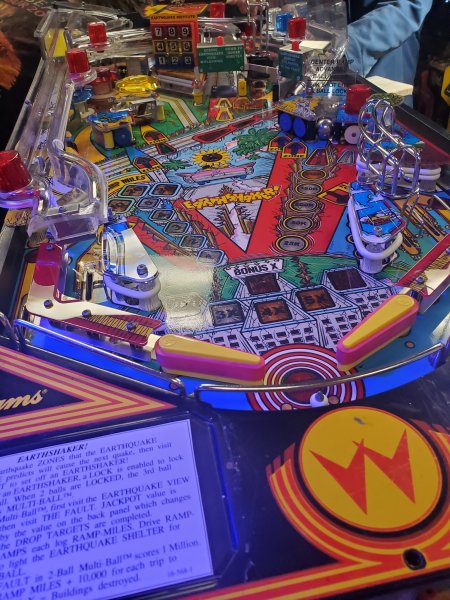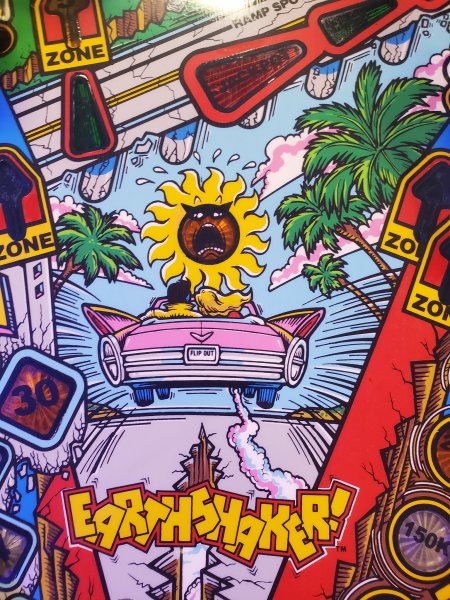You might think.. “Is the game working?” is the big critical issue when examining a pinball machine, but a recent trip to look at a game made me want to revisit what are the “three strikes” that make a game less desirable?
Today I had a great example of that.
I got a call from a guy who initially asked about needing pinball repair.
This is always a tough call… because, well, I’m not formally in the pinball repair business, and given the nature of these machines, how old they are, and how often and random they can fail, I don’t like putting myself in a position to charge somebody to fix something, and then offer any kind of warranty/guarantee that the machine will continue to work. It’s just not practical. I like to help people. I want to preserve the hobby, but I can’t go out and fix everybody’s broken game. But every once in awhile I’ll do a house call.
In this case, the guy, as his New Year’s resolution was to clear out space from his house, and the game in question was an old game I fondly remember playing as a child, so I was willing to take a look and see what he might want to take it off his hands.. This is a scenario where the “three strikes”, in combination with other issues, made me not make an offer, and leave the game for someone else and another day.
Here’s the game in question…
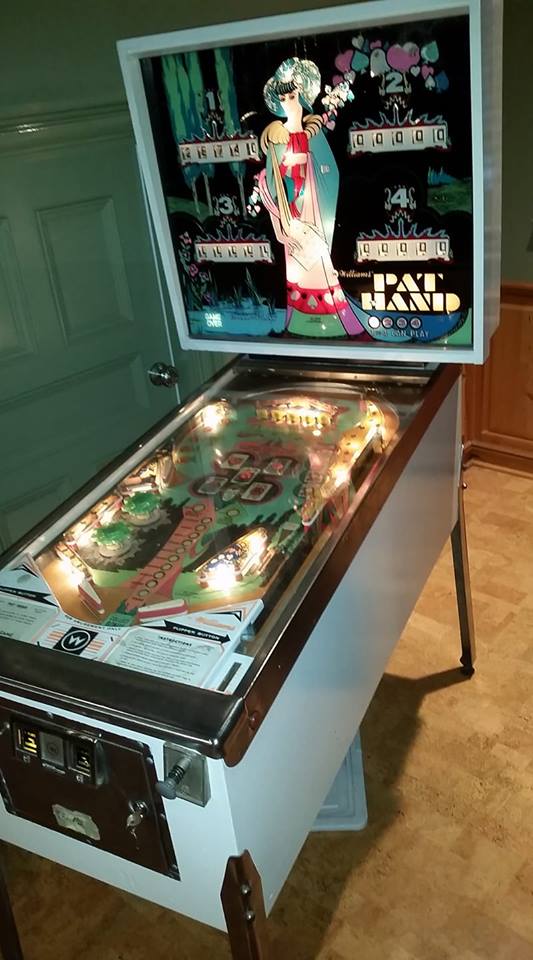
1975 Williams Pat Hand (4 player version of “Satin Doll”)
When appraising the value of a pinball machine, I like to look at the various elements and go for the “three strikes” rule.
On top of everything is the over-arching question of, “Is it complete?” Are all the parts there? That’s almost a pre-cursor, because if the game is incomplete, the other stuff may not matter as much — it depends upon what’s missing.
Assuming the game is complete, then, “Has it been messed with by un-trained hands?” Is it working, or basically working minus time and use-based problems? It’s one thing if something breaks because of wear. It’s another thing if something stops working because your cat or your 6 year old got in the cabinet and started fiddling with things. The latter scenario can significantly affect the value.
Assuming all that is good, let’s get to the traditional trinity: playfield, backglass, cabinet.
Playfield: You want a game that does not have significant playfield wear. The main perpetrator of this is corroded/rusted balls that are left in the machine. I’ve done articles before elaborating on the damage this can do. You also want to look at the inserts. Are they flat or curved? Are all of them there? In this case, there was an actual insert missing. It’s not necessarily impossible to replace a missing insert. There are still sources for some of these, but there’s always a chance it’s an odd shape and unobtainium. But even if it isn’t, this is another set of steps you have to go through to make the game minimally playable. Most people will examine playfield rubbers, but they really don’t matter. You will always want to replace rubber on a regular basis – it shouldn’t affect the value of the game. On this game there was wear down to the wood in at least 5-6 spots, in addition to the common areas around pop bumpers. Strike one.
Backglass: With backglasses, the key is how well they were maintained? Are they flaking and de-laminating? The artwork on these vintage machines is a primary portion of their value. If there’s significant flaking of the backglass, this is not something easily repaired. It will severely affect the value of the machine. If you’re looking at a game, such as the one in the picture, one thing to note is that there’s not many lights lit up in the head, so the actual condition of the backglass, how much it really is flaking, isn’t apparent when it’s mostly lit from the front. Not only was there cracking and crazing, but it looked like the back had been painted in some spots. It wasn’t the worst I’d seen, but I’d consider the backglass to be strike two.
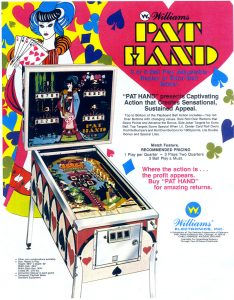 Cabinet: It’s all too easy, unfortunately, for a layperson, or quick flipper to re-paint a cabinet. It doesn’t take much effort to just slap some white paint on the cabinet and make the game look much nicer at first glance, but it really does mess with the integrity of the game as a piece of history. The original stenciled designs, as remedial as they were, make up part of the unique artwork of the game. Also these cabinets were rarely painted in solid colors. They had flecks of off-color speckled into the paint. There’s a distinctive style of pinball cabinet paint. I’ve seen many cabinets painted over… it might look better aesthetically to a layperson, but it really tarnishes the value of the game in the eyes of collectors and enthusiasts.
Cabinet: It’s all too easy, unfortunately, for a layperson, or quick flipper to re-paint a cabinet. It doesn’t take much effort to just slap some white paint on the cabinet and make the game look much nicer at first glance, but it really does mess with the integrity of the game as a piece of history. The original stenciled designs, as remedial as they were, make up part of the unique artwork of the game. Also these cabinets were rarely painted in solid colors. They had flecks of off-color speckled into the paint. There’s a distinctive style of pinball cabinet paint. I’ve seen many cabinets painted over… it might look better aesthetically to a layperson, but it really tarnishes the value of the game in the eyes of collectors and enthusiasts.
In this case, all three of these things were issues. I passed on making an offer.
There’s also another lesson to learn here.. if you look at the picture I posted, aside from the cabinet repaint, you can’t see the other issues, but there actually is significantly playfield wear, and significant flaking of the backglass (with lights out in many portions that don’t illuminate the flaws in the backglass). The owner had an inflated idea of what the game was worth. I didn’t want to argue with him. It is unfortunate such complicated, hand-assembled items don’t command the prices people expect, but that’s just the way things are. Someone may pay a premium for their first game, but this isn’t my first rodeo so I left this for someone else.
This isn’t to say the game isn’t worth what the owner wanted. To the right person, especially someone who may be getting their first pinball machine, this could be a special item they’d spend lots of time restoring, just like I did with my first game.
